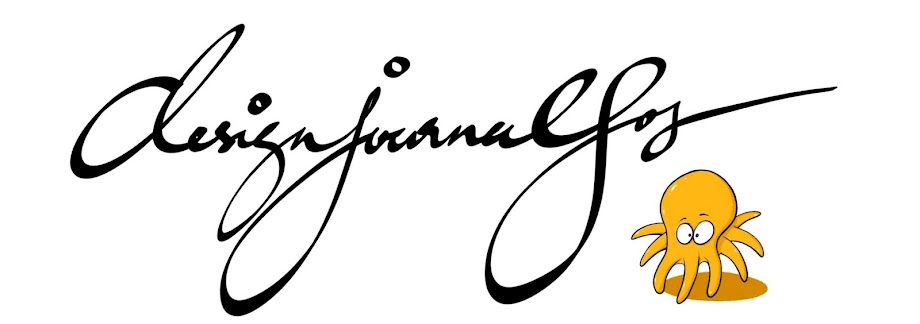Welcome to another new year of coursework in 2021. In this post we will look at what a situation and a problem is. And end with three simple questions you can ask yourself, so you may know if you have identified a design need that you can solve.
A Situation:
A Situation is set of events that are happening (e.g. someone sweeping the floor in a windy condition), and the conditions (e.g. peacefulness, frustration, chaos, anxiety, etc.) that exist at a particular time and place, in which one finds oneself. Something is happening. What is it? Who is involved? What’s the atmosphere like?
Situations happen everywhere, all the time. A Situation is just... a Situation. Something involving someone took place. There is no good or bad Situation. Just Situation. When and how does a Situation become a Problem?
A Problem:
When one have yet to know how to handle a Situation, the situation becomes a Problem. When we have a Problem, unpleasantness / uncertainty is a natural consequence of that. People get anxious, irritated, or frustrated.
It is very IMPORTANT to establish which is the real Problem? The Situation or the Person or the Product he is using (or should not be using), etc.? If you cannot get the Problem right, you aren’t solving any anything even with the best Solution.
You can use the 5 Whys to help you get to the root cause of a problem.
When a root cause is found, we have an identified the NEED - the Solution to the Problem for the Situation.
A Need:
(Verb): refers to when someone requires something because it is essential or very important rather than just desirable,
(Noun): a circumstance (in the Situation) in which something (e.g. a Solution to the Problem) is necessary.
THREE Questions you use to figure out if you have the BEST Design Project
Before you sprint all out with mindmaps after mindmaps with your newly found Theme you need to understand that there are so many unlimited situations you can identify.
So where do I begin? How do I manage my work to be concise, precise and down-to-earth?
You can answer the following THREE questions below to help you decide what is best:
1) Is the situation where I spend most of my time in? / Am I familiar with the situation?
If no, consider choosing another situation.
If yes, move on to question 2.
2) Will I be able to realistically and conveniently test & evaluate my model(s), mock-up(s) or prototype?
If no, consider choosing another situation.
If yes, move on to question 3.
3) Will I be able to gather researched information conveniently, truthfully and readily?
If no, consider choosing another situation.
If yes, go ahead. Or you can choose another one or two for consideration and comparison, and
finally find the best project for the best bang for your time.
If you do not choose a situation from which you spend most of your time in, or often enough, what chance do you have to be familiar with the situation? The exception is that you must be very good with your research to study an unfamiliar but equally promising situation and its concerns very well. Otherwise stick to what is closest to you according to your experience.
If you chose a situation where it will be very challenging for you to gather sufficient data, e.g. very difficult to get an appointment to observe / interview / talk to your target user(s), the place is too far or out-of-bounds or very limited accessibility, etc, again what is your chance of knowing your situation well enough to solve a problem?
Finally, if are not competent to complete the project within the deadline then you are not being realistic and not ready to take on the identified need - regardless if it is a good or bad one. You need to know your strengths and weaknesses. The graduation year is not a time for your to learn how to do things for most of the time. You ought to be applying what you have learnt and practiced instead.
Start well, maintain your momentum and end your coursework well.
All the best. mrdanielsos




















